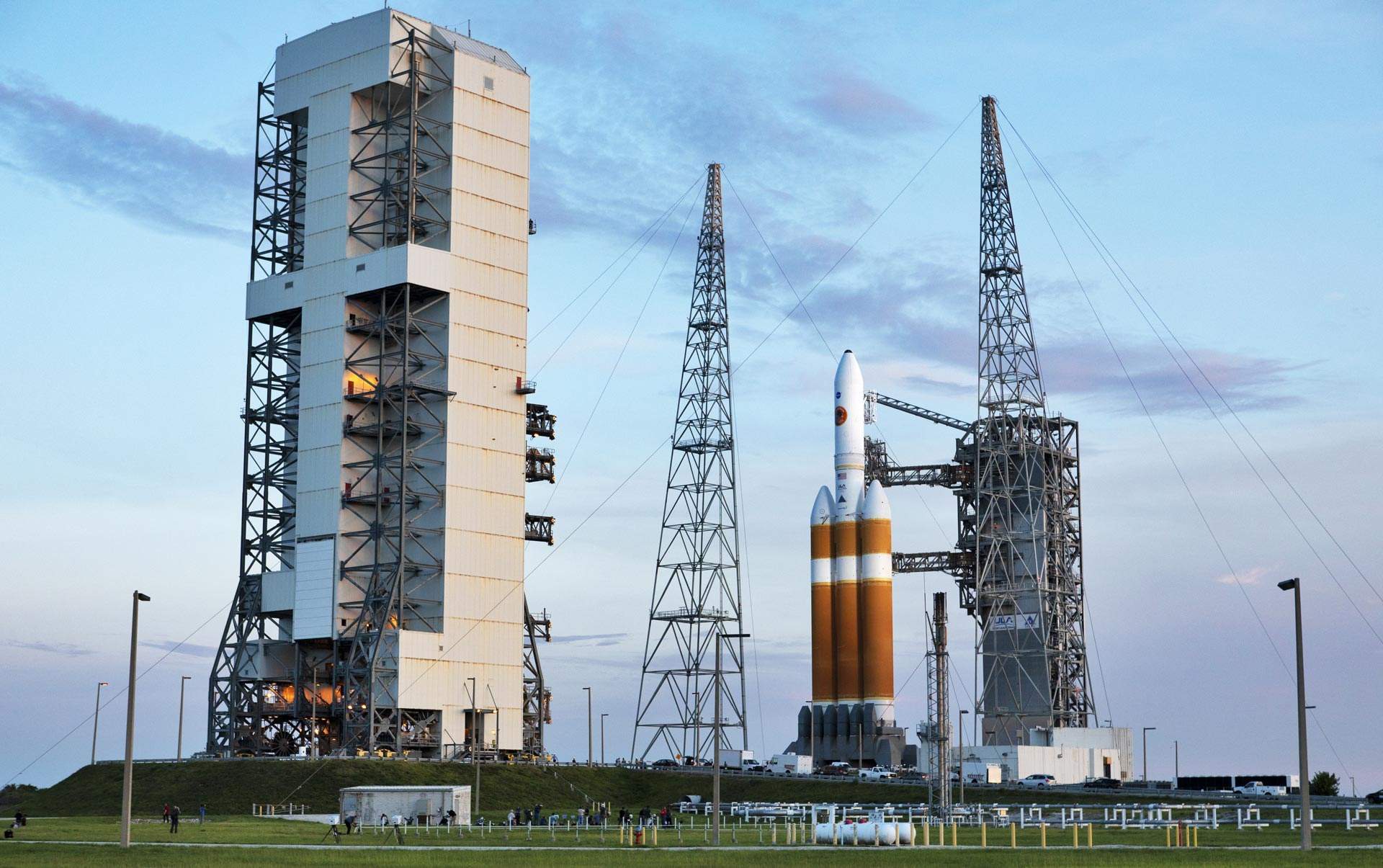
A $1.5bn mission to “touch the Sun” was launched by NASA on Sunday, sending the Parker Solar Probe rocket from Cape Canaveral, Florida at 03.31am local time.
The probe failed to launch the previous day when a last-minute alarm meant that NASA missed its 65-minute window of opportunity in the weather.
Eugene Parker, University of Chicago professor and astrophysicist, who the probe was named after, said, watching the lift-off: “Wow, here we go! We’re in for some learning over the next several years.”
Parker first described solar wind in 1958, the perpetual flow of charged particles and magnetic fields that bombard the Earth and creates the colourful aurora lights.
The spacecraft successfully separated an hour after launching, releasing the Parker Solar Probe into space.
The probe will get to within 6.16 million km of the Sun’s surface.
How well do you really know your competitors?
Access the most comprehensive Company Profiles on the market, powered by GlobalData. Save hours of research. Gain competitive edge.

Thank you!
Your download email will arrive shortly
Not ready to buy yet? Download a free sample
We are confident about the unique quality of our Company Profiles. However, we want you to make the most beneficial decision for your business, so we offer a free sample that you can download by submitting the below form
By GlobalDataDr Nicky Fox, affiliated to the John Hopkins Applied Physics Laboratory, told the BBC: “I realise that might not sound that close, but imagine the Sun and the Earth were a metre apart. Parker Solar Probe would be just 4cm away from the Sun.”
The probe will also be the fastest moving human-made object ever built, travelling at up to 690,000km/h around the Sun, the equivalent of New York to Tokyo in under a minute.
It is expected to pass Venus in six weeks and arrive at the Sun six weeks after that.
How the Parker Solar Probe will be used to research the Sun
Over seven years, the probe will loop around the Sun 24 times, studying the corona and dip into the atmosphere to sample conditions there.
The hope is that the probe will able to survive temperatures of 1,400°C and provide information that will help scientists predict storms from the Sun that could affect satellites, power grids and communications.
The Parker mission was first suggested 60 years ago, but it’s only recently that engineers have had the technology to keep a probe in that proximity to the Sun, by shielding the probe behind a carbon-composite barrier.
The probe is solar-powered, but its arrays are water-cooled, and it is autonomous in that radio interference that close to the Sun is so strong that scientists on Earth cannot manage its controls.
It will have to fix its own faults and keep its shield positioned toward the Sun to avoid burning up.






